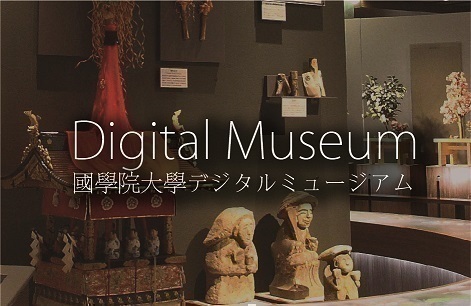- トップ
- Encyclopedia of Shinto
- Hohodemi
Encyclopedia of Shinto
| Main Menu: | |
| Links: |
詳細表示 (Complete Article)
| カテゴリー1: | 2. Kami (Deities) |
|---|---|
| カテゴリー2: | Kami in Classic Texts |
| Title | Hohodemi |
| Text | [Hiko hohodemi no mikoto] (Kojiki)(Nihongi) Other names: Hoori no mikoto(Kojiki, Nihongi), Hoorihiko hohodemi no mikoto(Nihongi), Yamasachibiko(Kojiki), Yamasachihiko(Nihongi), Soratsuhiko (Kojiki) Offspring of Ninigi and Konohana Sakuyahime. Called Yamasachihiko ("mountain-gift-man") for his unique success in the hunt, he is known as a member of the second of three generations of kami related to the Hyūga area. Kojiki describes Hohodemi as the last-born of three brothers, while some of the variant accounts in Nihongi relate differing birth orders. In any event, Hohodemi was born as the flames were abating after Sakuyahime had set fire to her parturition hut. As younger brother to Umisachi, Hohodemi (Yamasachi) suggested to his brother that they exchange the magic tools of their respective occupations (Umisachi's tool was a fishhook, while Yamasachi's was bow and arrow). After the exchange, however, Yamasachi lost Umisachi's fishhook, and while he broke up his own sword in order to fashion many new fishhooks and repay his brother, he was rebuffed by Umisachi. Wandering despondently along a beach, Yamasachi met Shiotsuchi no kami, who placed Yamasachi in a basket and sent him to the palace of the kami of the sea. Arriving at a well outside the palace gates, Yamasachi climbed a katsura tree and was entertained by the sea kami Watatsumi, receiving the latter's daughter Toyotamabime in marriage. After three years, Yamasachi prepared to return to the land, at which time Watatsumi found the missing fishhook, which had been swallowed by a sea bream. Returning the fishhook to Yamasachi, Watatsumi also furnished him with magical formulae and rituals, and a "tide-raising jewel" and "tide-lowering jewel." With these gifts of control over the water, Yamasachi was able to bring his elder brother under his own subjection. Yamasachi and Toyotamabime had one child, but since Yamasachi spied upon Toyotamabime and saw her transformed into the form of a wani (lit., "crocodile," but probably referring to a shark) as she gave birth, Toyotamabime was shamed, and the passageway which had existed between sea and land was henceforth closed. The ho of the name Hohodemi describes both the "flame" at the time of his birth, and also means fully ripened heads of rice. In Nihongi, different characters are used to write the honorific title mikoto attached to Yamasachi and Umisachi. This difference expresses the relationship of lord and retainer, and reflects the fact that Yamasachi would go on to transmit the legitimate line of imperial succession to Ninigi, while Umisachi would be ancestor of the Hayato people who served the imperial court. According to the account in Kojiki, Hohodemi lived in the palace of Takachiho for 580 years and was later buried in a tumulus to the west of Mount Takachiho. Nihongi relates that he was buried in a tumulus at Mount Takaya in Hyūga (present-day Kyushu). -Mori Mizue |




